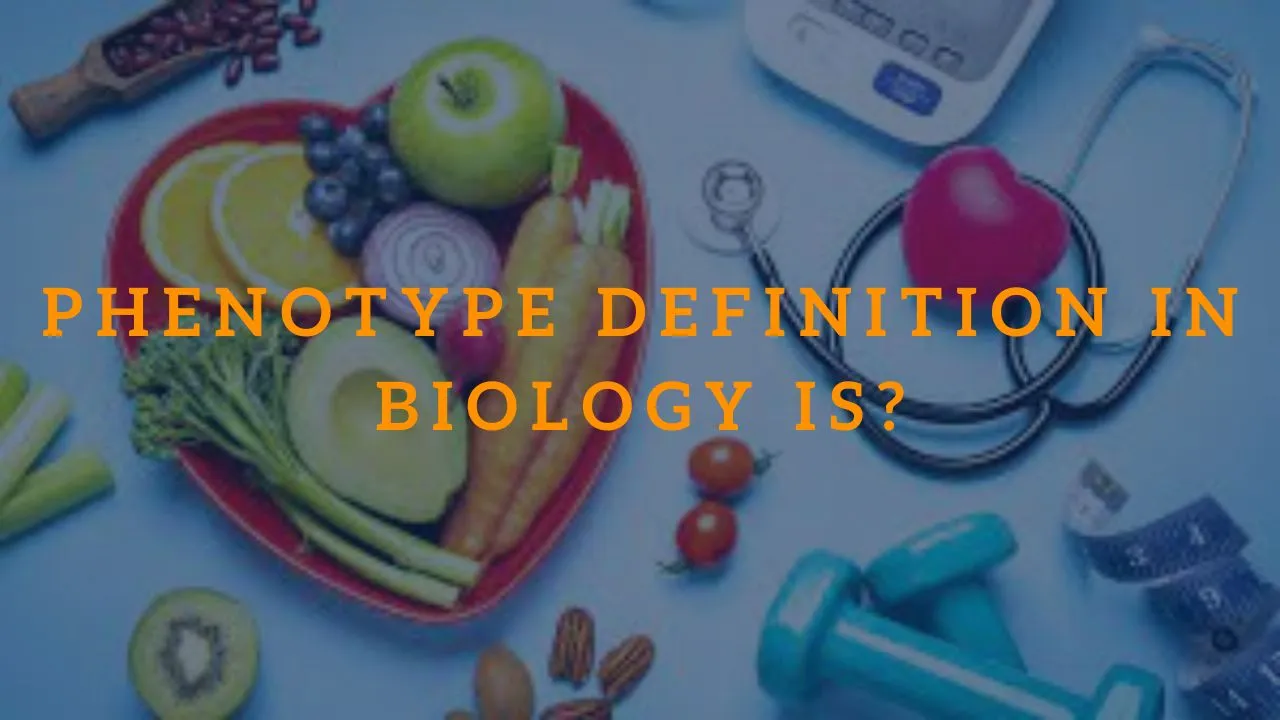Phenotype refers to the physical and observable traits of an organism, which are determined by its genetic makeup and environmental factors. These traits can include physical characteristics like eye color, height, and body type, as well as behavioral traits like aggression and intelligence.

How is Phenotype Determined?
Phenotype is determined by a combination of an organism’s genotype (its genetic code) and its environment. The genotype provides the blueprint for an organism’s physical and behavioral traits, but environmental factors like diet, exercise, and exposure to toxins can also have an impact on phenotype.
Types of Phenotypes
There are two main types of phenotypes: observable and non-observable. Observable phenotypes are physical traits that can be seen and measured, while non-observable phenotypes are behavioral traits that are not easily measured, such as intelligence.
Examples of Phenotypes
Examples of observable phenotypes include things like eye color, hair color, and height. Examples of non-observable phenotypes include things like intelligence, personality, and behavior.
Phenotype vs. Genotype
Phenotype and genotype are two different things. While genotype refers to an organism’s genetic code, phenotype refers to the physical and behavioral traits that are expressed as a result of that genetic code.
How is Phenotype Useful in Biology?
Phenotype is a useful tool for biologists because it provides a way to study and understand the traits of organisms. By looking at an organism’s phenotype, biologists can gain insights into its genetic makeup and how it interacts with the environment.
Phenotype and Evolution
Phenotype plays a key role in the process of evolution. As organisms adapt to their environment, their phenotype may change in response. Over time, these changes can lead to the development of new species.
Phenotype and Disease
Phenotype can also be used to study disease. By studying the physical and behavioral traits of individuals with a disease, scientists can gain insights into the genetic and environmental factors that contribute to the disease.
Measuring Phenotype
Measuring phenotype can be challenging, as it often involves complex interactions between genetics and environment. However, there are a variety of tools and techniques that biologists use to measure phenotype, including genetic testing, behavioral observation, and physical measurements.
Factors That Influence Phenotype
There are a variety of factors that can influence phenotype, including genetics, environment, and chance. For example, identical twins may have different phenotypes if they are raised in different environments or exposed to different toxins.
Phenotype and Heritability
Phenotype is heritable, meaning that it can be passed down from one generation to the next. This is because genotype (which is inherited) determines phenotype.
Phenotype and Gene Expression
Gene expression plays a key role in determining phenotype. Genes can be turned on or off depending on environmental factors, which can lead to changes in phenotype.
Phenotype and Natural Selection
Natural selection acts on phenotype, not genotype. This means that organisms with traits that are well-suited to their environment are more likely to survive and reproduce, passing those traits down to future generations.
Phenotype and Genetic Variation
Genetic variation is important for phenotype, as it allows for the development of new traits and adaptations. Without genetic variation, species would not be able to adapt to changing environments.
Phenotype and Inheritance
Phenotype is inherited from parents to offspring, but it is not always a simple process. In some cases, multiple genes may interact to determine a single trait, leading to complex inheritance patterns.
Phenotype and Epigenetics
Epigenetic factors can also influence phenotype. These factors can include things like diet, stress, and exposure to toxins, which can affect gene expression and lead to changes in phenotype.
Phenotype and Environmental Influences
Environmental influences can have a significant impact on phenotype. For example, exposure to toxins or stress can lead to changes in gene expression and alter an organism’s phenotype.
Phenotype and Developmental Plasticity
Developmental plasticity refers to the ability of an organism to change its phenotype in response to environmental cues. This can allow organisms to adapt to changing conditions and survive in challenging environments.
Conclusion
In conclusion, phenotype is a key concept in biology that refers to the physical and observable traits of an organism. It is determined by a combination of genetics and environment, and plays an important role in evolution, disease, and adaptation. By studying phenotype, biologists can gain insights into the genetic makeup and behavior of organisms, and develop a better understanding of how they interact with their environment.
See you again at our other interesting articles!
